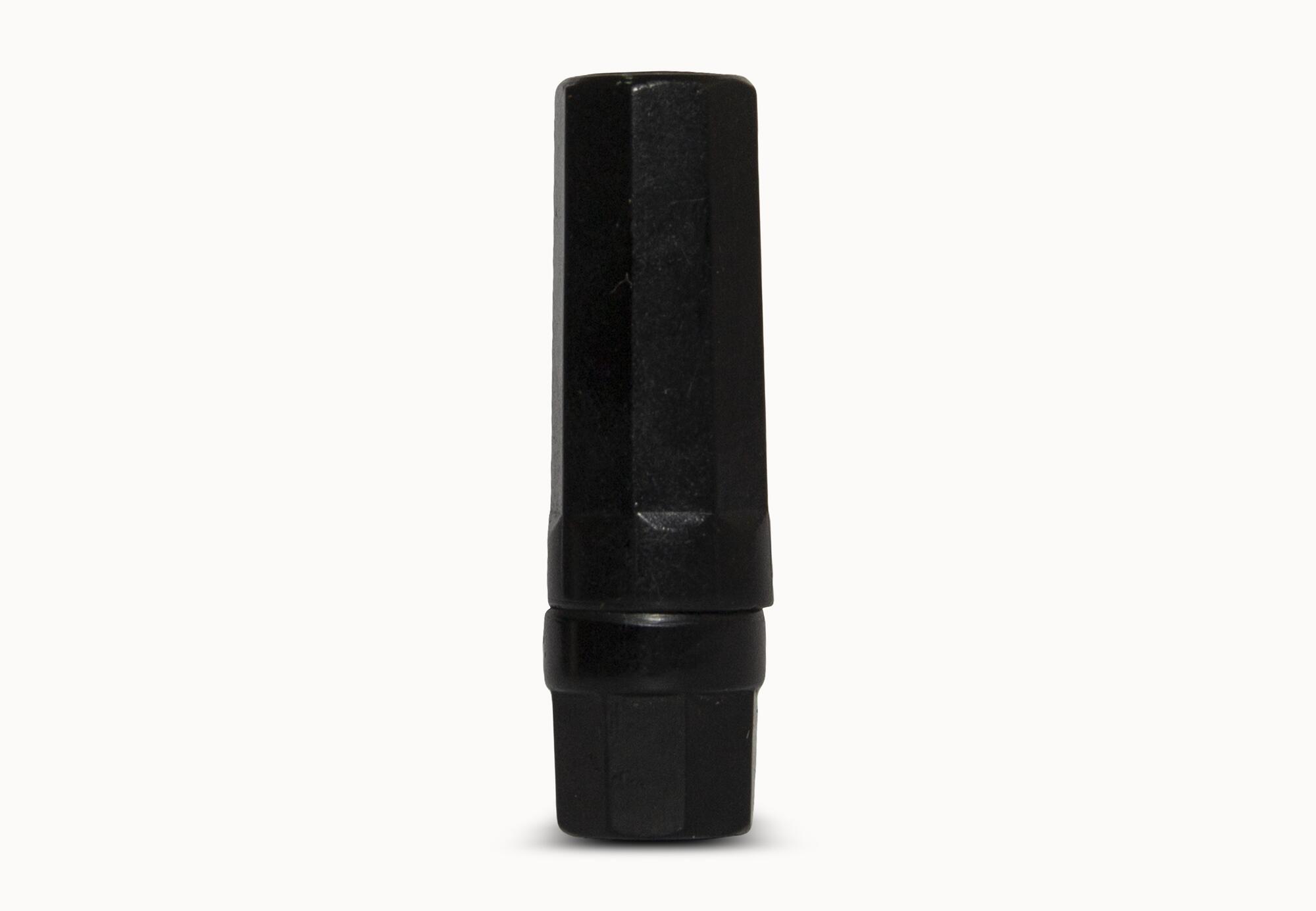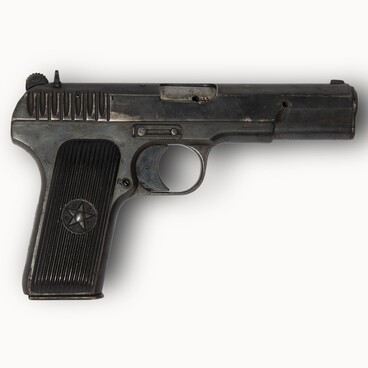During the Great Patriotic War, the Workers’ and Peasants’ Red Army used ebonite capsules instead of metal tags. The so-called dog tag capsule contained a piece of paper with the soldier’s personal details. Either a special blank or a handwritten note was used.
Each soldier had to fill in two copies of the blank. In the event of the soldier’s death, one copy was transferred to the unit headquarters, while the other one remained with the soldier’s body and was sent to the relatives after the burial. If for some reason a soldier did not have a specialized dog tag capsule, they could make their own capsule, using a cartridge case from a Mosin’s rifle.
In this case, a soldier would pull out the bullet, pour out the gunpowder, put a note in the cartridge case, and then plug the hole with the bullet inserted backward. As years have shown, this is not the most practical way of storing personal information. Over time, water could get inside the capsule, damage the paper, or make it completely illegible.
The integrity of information depended on the conditions in which the capsule was located, and on how well it was rolled up. Diggers have developed special methods for opening the capsule in order to minimize the risks of damaging it or losing information. First of all, it concerns the method of unfolding the roll of paper.
Dog tag capsules are not found commonly. Some soldiers even got rid of them because they were superstitious and believed that filling in the form would lead to certain death. Others chose not to keep a death note inside the capsule but to store various small items, such as needles. A capsule could also be adapted to be used as a mouthpiece.
Red Army soldiers often signed various items of ammunition and equipment, allowing diggers to identify them. For example, the names of soldiers are found on pots, mugs, belts, and most often on aluminum spoons, which were hidden behind the top of the boot or the belt.
However, many fighters signed their belongings not for the purpose of facilitating their identification in case of death. Often, they did this so that their possessions would not get lost or mixed up with those of other soldiers.
Each soldier had to fill in two copies of the blank. In the event of the soldier’s death, one copy was transferred to the unit headquarters, while the other one remained with the soldier’s body and was sent to the relatives after the burial. If for some reason a soldier did not have a specialized dog tag capsule, they could make their own capsule, using a cartridge case from a Mosin’s rifle.
In this case, a soldier would pull out the bullet, pour out the gunpowder, put a note in the cartridge case, and then plug the hole with the bullet inserted backward. As years have shown, this is not the most practical way of storing personal information. Over time, water could get inside the capsule, damage the paper, or make it completely illegible.
The integrity of information depended on the conditions in which the capsule was located, and on how well it was rolled up. Diggers have developed special methods for opening the capsule in order to minimize the risks of damaging it or losing information. First of all, it concerns the method of unfolding the roll of paper.
Dog tag capsules are not found commonly. Some soldiers even got rid of them because they were superstitious and believed that filling in the form would lead to certain death. Others chose not to keep a death note inside the capsule but to store various small items, such as needles. A capsule could also be adapted to be used as a mouthpiece.
Red Army soldiers often signed various items of ammunition and equipment, allowing diggers to identify them. For example, the names of soldiers are found on pots, mugs, belts, and most often on aluminum spoons, which were hidden behind the top of the boot or the belt.
However, many fighters signed their belongings not for the purpose of facilitating their identification in case of death. Often, they did this so that their possessions would not get lost or mixed up with those of other soldiers.






